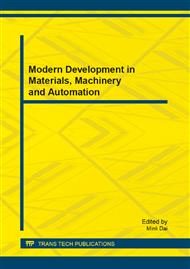p.129
p.135
p.141
p.145
p.151
p.157
p.163
p.169
p.173
A Study of Computer Aided Design for the International Innovative Poster Competition
Abstract:
This study announced the competition rules of the Second International College Student Charity Advertising Festival held by the Beijing Union University through the teaching blog and Facebook and invited students from the Department of Department of Digital Media Design and the Department of Management of a Technology University in southern Taiwan to participate actively. Then, the cross-school team teaching method with two teachers was adopted to guide the students in the creative poster design competition with the topic of environmental protection and water resource conservation. During the time after school and the winter vacation, the students discussed their works with the teachers face-to-face through online video conferences and then made modifications on their works. The duration of this study was 8 weeks. A total of 2 representative works were selected to be submitted to the competition. This competition guidance method had a great influence on the students attitudes of active participation and is worthy to be continuously promoted in the future.
Info:
Periodical:
Pages:
169-172
Citation:
Online since:
August 2013
Authors:
Price:
Сopyright:
© 2013 Trans Tech Publications Ltd. All Rights Reserved
Share:
Citation:


